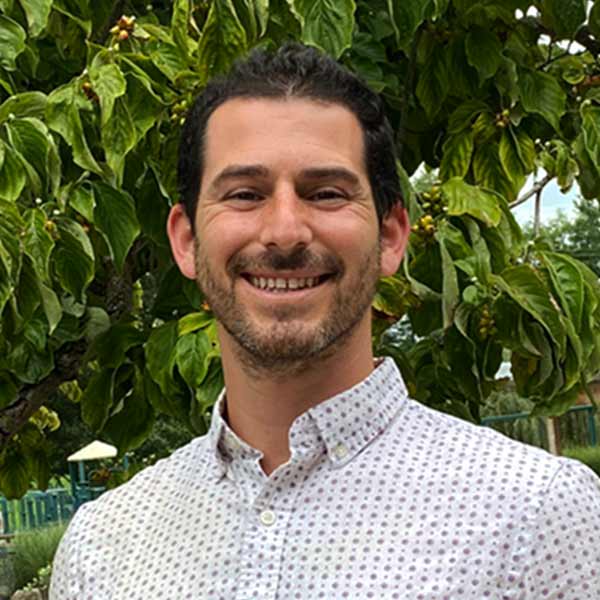I moved to Johannesburg in 2015. In my first few months there, I did what any new arrival would do: I traveled, indulged in local cuisine, and sought to learn and embrace the cultural idiosyncrasies that make South Africa such a unique and beautiful place. I played rugby for the first time (not an experience I’d choose to relive), I attempted to braai (best left to South Africans), and I even picked up a new and seemingly widespread local hobby: training for triathlons.
Perhaps, the move to the Southern Hemisphere had reversed my brain chemistry, but one way or another I was now spending hours in the gym and on the roads. I was swimming laps for the first time in years, running distances that I had never run before, and began measuring my sessions in the saddle in hours as opposed to minutes. The thing is, though, there are very real limitations to my athleticism. As I wrote in my last blog, I was a pitcher in college. As my coach used to frequently remind us of, “Pitchers are not athletes.” So, there I was: a non-athlete trying his hand at the most athletic activity there is.
Because the only thing worse than training is training with no goal in mind, I went ahead and signed up for a race. As the race drew nearer, my times were not improving, my swimming strokes were as labored as they had ever been, and I still ran with strides that my wife adoringly referred to as “Frankenstein steps.” After one particularly grueling training session, I accepted the reality that I would be bringing all of these imperfections to my upcoming race.
One evening after a braai, I asked a few friends who had completed multiple triathlons for some advice. Much of this advice involved small tips that would help me shave a couple of minutes off my time. One of my friends, though, understood what I was asking. He got that what I was looking for was a piece of advice that would allow me to cross the finish line, even if it took me all day and all night. His advice was simple and succinct: “You have to run your own race.”
When the starting gun fired, I did just that. I didn’t concern myself with the people who got to the water before me. I didn’t worry about what spectators would think when I grabbed onto one of the volunteer’s paddle boards for a moment to calm my adrenaline. I didn’t think twice about rolling around the floor trying to wiggle out of my wetsuit. I didn’t even worry about the fact that I had to stop to get off my bike to drink water because I’m not terribly capable of riding with only one hand on the handlebars.
I completed what must have been one of the ugliest triathlons in history. But, you know what they call the person who finishes last in a triathlon? A triathlete.
In the face of unprecedented challenges and the continued tumult of the pandemic, educators are being inundated with a seemingly endless number of expert opinions and research-backed conclusions. The trouble is that there is so much vying for our attention right now that it’s not easy to make sense of how to prioritize our time in the classroom.
On the one hand, there is research from NWEA on the extent of students’ learning loss; on the other hand, there are those who argue that learning loss is a ludicrous concept in the first place. Relatedly, there are those who argue for students to spend their summers engaged in high-impact tutoring programs; conversely, there are those who argue that we need to prioritize students’ social-emotional learning, and that the summer break is a sacred time that should be reserved for students to disconnect and decompress. It’s not practical for us to institute everything we read, especially when so much of it conflicts; so, with so much information out there, how can we figure out what works?
We have to run our own race.
This is easier said than done, of course, but it is essential. If we run someone else’s race, we are never going to cross the finish line. We’ll be burned out and exhausted long before we ever get there. Instead, let’s consider what we can do to ensure that these last several weeks of the school year leave us and our students feeling successful.
- Nobody knows better than you! By scrolling Twitter, it would seem that everyone has it figured out — that everyone knows precisely what works and what doesn’t. The truth is, though, that nobody has it figured out. That’s because each student has different and unique needs. And, nobody knows your students quite like you do. Instead of focusing on what other teachers are doing or researchers are telling you, appreciate the vast and intimate knowledge you have about each of your students, and seek to apply strategies and interventions that you believe will be most effective.
- Experiment with next year in mind: Getting started is hard, especially if what you want to change is something huge, like your teaching philosophy or curriculum. It’s better to start with smaller ideas such as introducing a learning menu or developing an exit ticket. Reconsider the things about your practice and lesson design that you have long taken for granted, and assess them as dispassionately as you can. Then, engage in the change process. Ultimately, experimentation should feel manageable and accessible. And, by embarking on this process, you can begin to figure out what you’ll want to carry with you into the next school.
- Be willing to get it wrong: Error is an unavoidable and integral part of the trial and error process. The changes to education that we’ve experienced over this past year haven’t been a snapshot in time. These changes are a harbinger for the sort of ongoing and continual cycle of figuring out new and better ways to do things moving forward. What we don’t yet know is what works. What we do know is that the way we’ve done this in this past is no longer optimal to suit the changing needs of our students. We have to be willing to trial new initiatives, knowing that not everything we do is going to work. This willingness to get things wrong is one of the keys to figuring out how to get things right.
If anybody knew what worked right now, there wouldn’t be so many people trumpeting so many different solutions. What we have to figure out isn’t who is right, but how we can run our own race to discover what works for us and our students. As Ralph Waldo Emerson said, “Do not go where the path may lead, go instead where there is no path and leave a trail.”

A school culture rooted in self, healing, and community.
Through a combination of restorative practices and innovative strategies for instructional leadership, we will be able to create space for your school community to connect, heal, and grow. Find out how The Core Collaborative can support you.
Learn More

